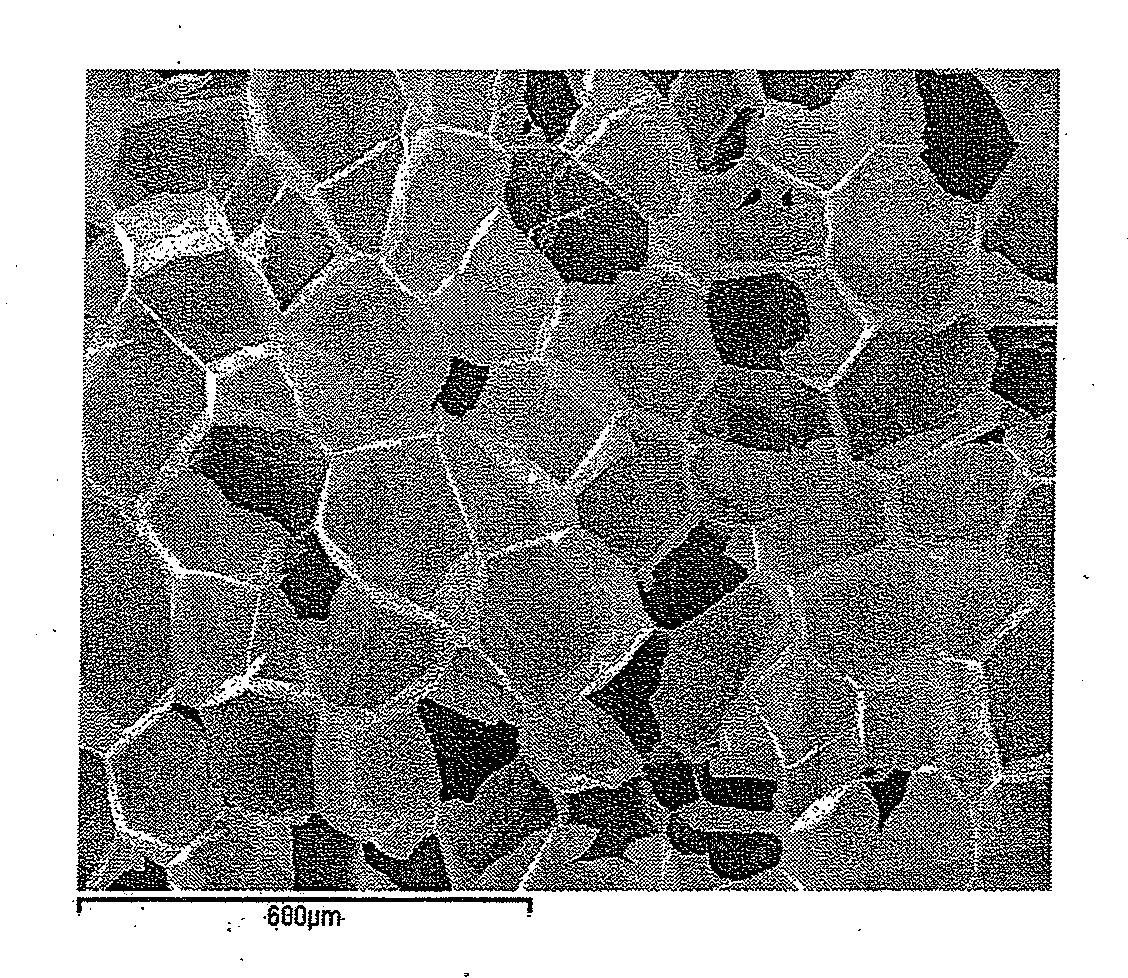Polymer Composite Foams
a polymer and composite foam technology, applied in the field of polymer composite foams, can solve the problems of promoting crack formation, reducing impact resistance, and destroying impact resistance,
- Summary
- Abstract
- Description
- Claims
- Application Information
AI Technical Summary
Benefits of technology
Problems solved by technology
Method used
Image
Examples
example 1
[0104]99 parts of polystyrene (all parts are parts by weight unless noted otherwise) were physically blended with 1 part of a polystyrene concentrate containing 60% talc. This mixture was extruded into a foam of 40 mm thickness at an industrial XPS plant, using a combination of HCFC, alcohol and CO2. This sheet did not pass the Euroclass E classification. The same blend was extruded in the laboratory into cylindrical foamed profiles using CO2 and produced a LOI=18.8% O2.
example 2
[0105]99 parts of polystyrene were physically blended with 1 part of a polystyrene concentrate containing 20% sepiolite. This mixture was extruded into a foam of 40 mm thickness at an industrial XPS plant, using a combination of HCFC, alcohol and CO2. This sheet did not pass the Euroclass E classification. The same blend was extruded in the laboratory into cylindrical foamed profiles using CO2 and produced a LOI=19.0% O2. It can be observed that 0.2% sepiolite gives a somewhat higher LOI than 0.6% talc.
example 3
[0106]96 parts of polystyrene were physically blended with 1 part of a polystyrene concentrate containing 60% talc and 3 parts of a polystyrene concentrate containing 65% HBCD. This blend contains 1.46% bromine. This mixture was extruded into a foam of 40 mm thickness at an industrial XPS plant, using a combination of HCFC, alcohol and CO2. This sheet passed the Euroclass E classification. The same blend was extruded in the laboratory into cylindrical foamed profiles using CO2 and produced a LOI=24.6% O2.
PUM
| Property | Measurement | Unit |
|---|---|---|
| density | aaaaa | aaaaa |
| temperatures | aaaaa | aaaaa |
| diameter | aaaaa | aaaaa |
Abstract
Description
Claims
Application Information
 Login to View More
Login to View More - R&D
- Intellectual Property
- Life Sciences
- Materials
- Tech Scout
- Unparalleled Data Quality
- Higher Quality Content
- 60% Fewer Hallucinations
Browse by: Latest US Patents, China's latest patents, Technical Efficacy Thesaurus, Application Domain, Technology Topic, Popular Technical Reports.
© 2025 PatSnap. All rights reserved.Legal|Privacy policy|Modern Slavery Act Transparency Statement|Sitemap|About US| Contact US: help@patsnap.com



